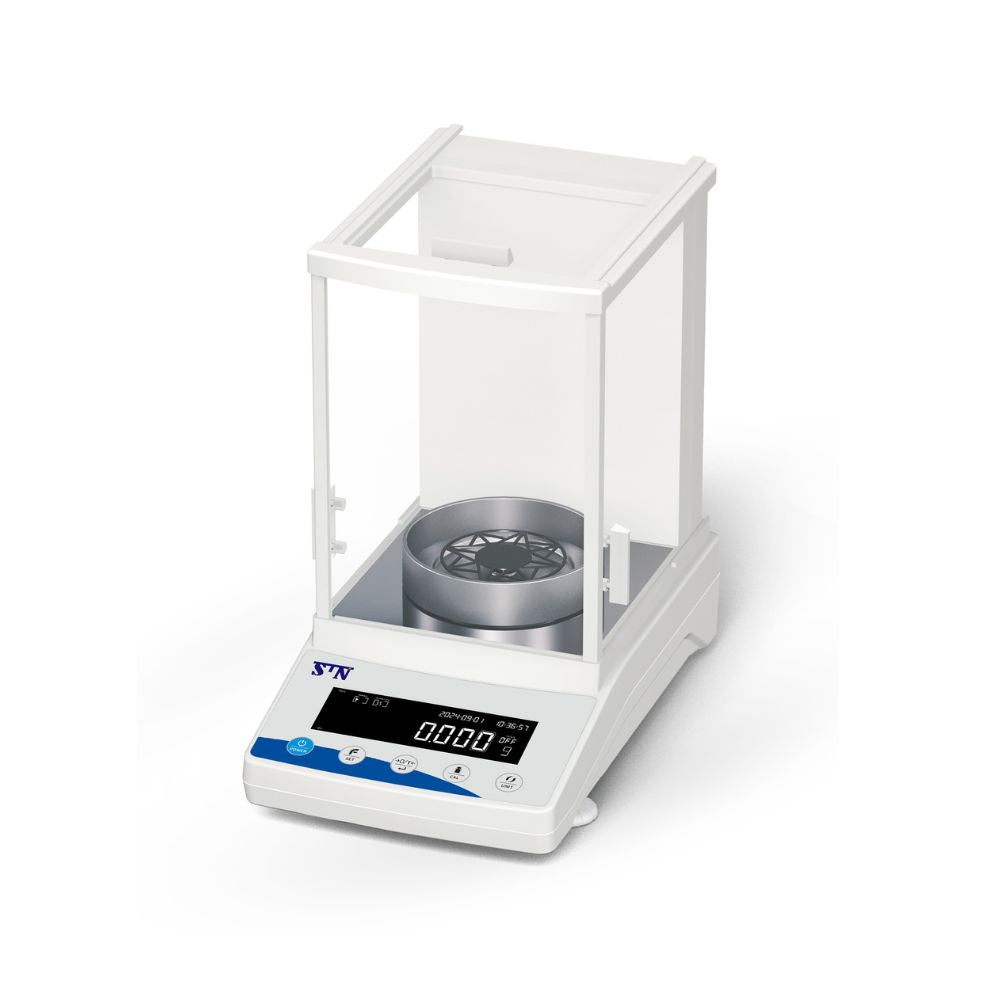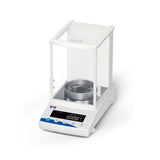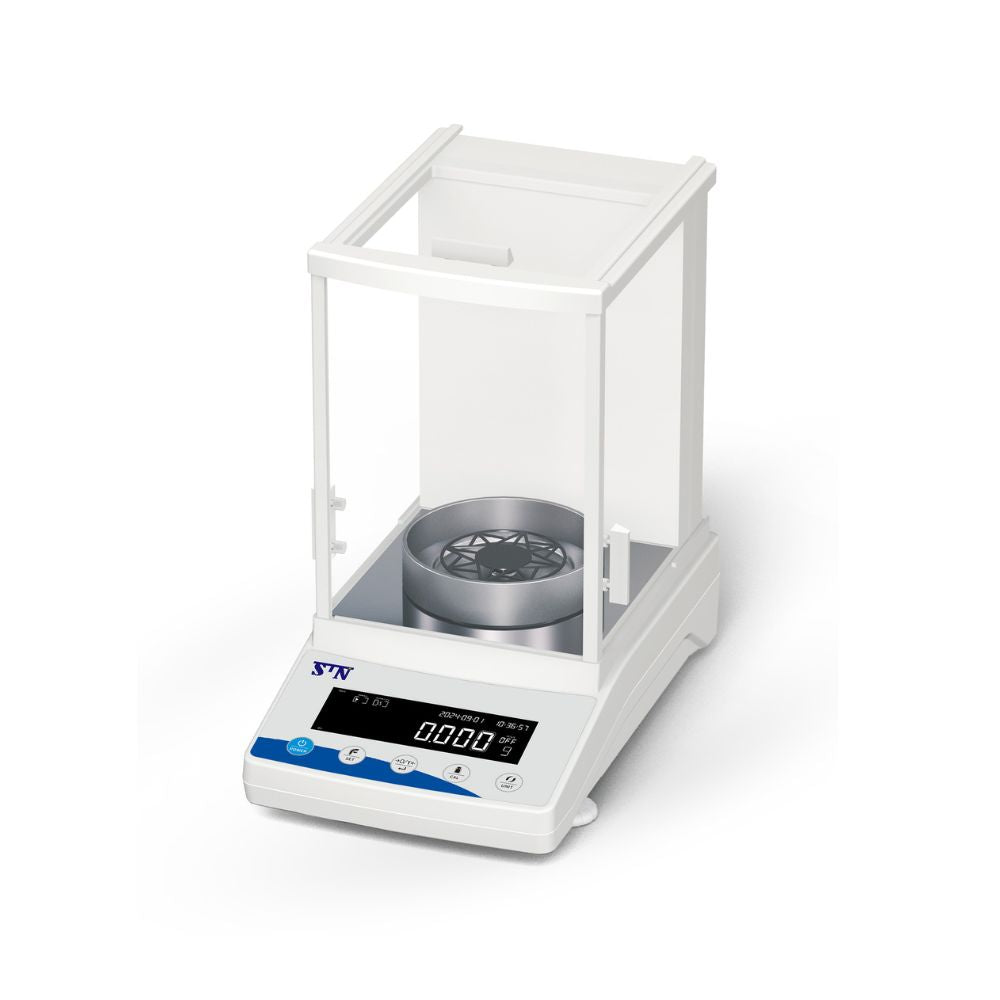
Have a question?
Notified by email when this product becomes available

$1,098.00
- Description
- Specifications
- Manual and Resources
Electromagnetic sensor application makes high precision, reliability, and flexibility,
The device uses an electromagnetic sensor which can detect minute changes in position, tilt, or displacement, making them ideal for balance monitoring in environments requiring high precision. The non-contact sensing technology operates without physical contact that can reduce wear and tear on mechanical parts, increase the sensor's lifespan, and improves reliability in harsh environments (dusty, oily, or corrosive).
Automatic internal calibration
The balance internal calibration can be programmed by the following ways:
1) time intervals (e.g., once a day or after a certain number of uses), ensuring consistency in performance over time,
2) temperature-based calibration: The balance monitors temperature changes and triggers internal calibration whenever significant variations are detected. This type of calibration is particularly useful in environments where temperature fluctuations are common.
3) User-initiated calibration: This function allows users to manually initiate internal calibration whenever necessary with the push of a button.
Calibration report
Each balance is shipped with calibration report with data traceable to SI unit through NIST.
Linear calibration
This process ensures that a balance or weighing instrument provides accurate measurements consistently across its entire weighing range. It can correct any nonlinearities in the balance's response, so the readings are equally accurate whether measuring light or heavy loads. It involves checking and adjusting the balance to ensure the output (the displayed weight) is directly proportional to the input (the actual weight being measured) over the full capacity of the balance.
Easy external calibration
It is easy to calibrate with an external calibration method and automatic operation guidance.
Overload alarm/Fault alarm/Level indicator
This is a safety feature designed to prevent damage by alerting the user when the applied load exceeds the balance's maximum capacity.
The fault alarm is a diagnostic feature that alerts the user when there is an operational issue with the balance. This could be related to mechanical, electrical, or software problems that prevent the balance from functioning properly.
The level indicator is a tool built into the balance to ensure that it is perfectly horizontal during use. Proper leveling is essential for obtaining accurate measurements.
|
Capacity |
300g |
|
Readability |
1mg |
|
Min weighing |
4mg |
|
Repeatability (5% load) |
±2mg |
|
Linearity |
±3mg |
|
Stable time |
≤3 seconds |
|
Sensitivity drifts between 10°C and 30°C |
±3 ppm/K |
|
Pan Size |
Φ80mm |
|
Draft shield dimensions |
240*190*265mm |
|
Dimensions |
340*215*350mm |
|
Calibration mode |
Internal, external and linear |
|
Storage temperature range |
10 to 40°C |
|
Operation temperature range |
15 to 35°C |
|
Packing size |
475*315*485mm |
|
Weight |
11kg |
|
Communication |
RS232 (Standard), RJ45(Optional) |
|
Power Supply |
110 to 240VAC, 50 to 60Hz/5V DC |
|
Calibration report |
Calibration report included with each uni |
|
Test points |
Standard |

